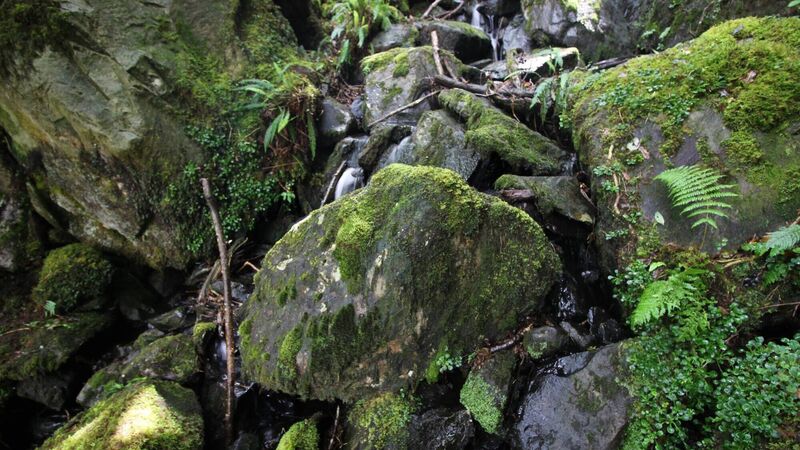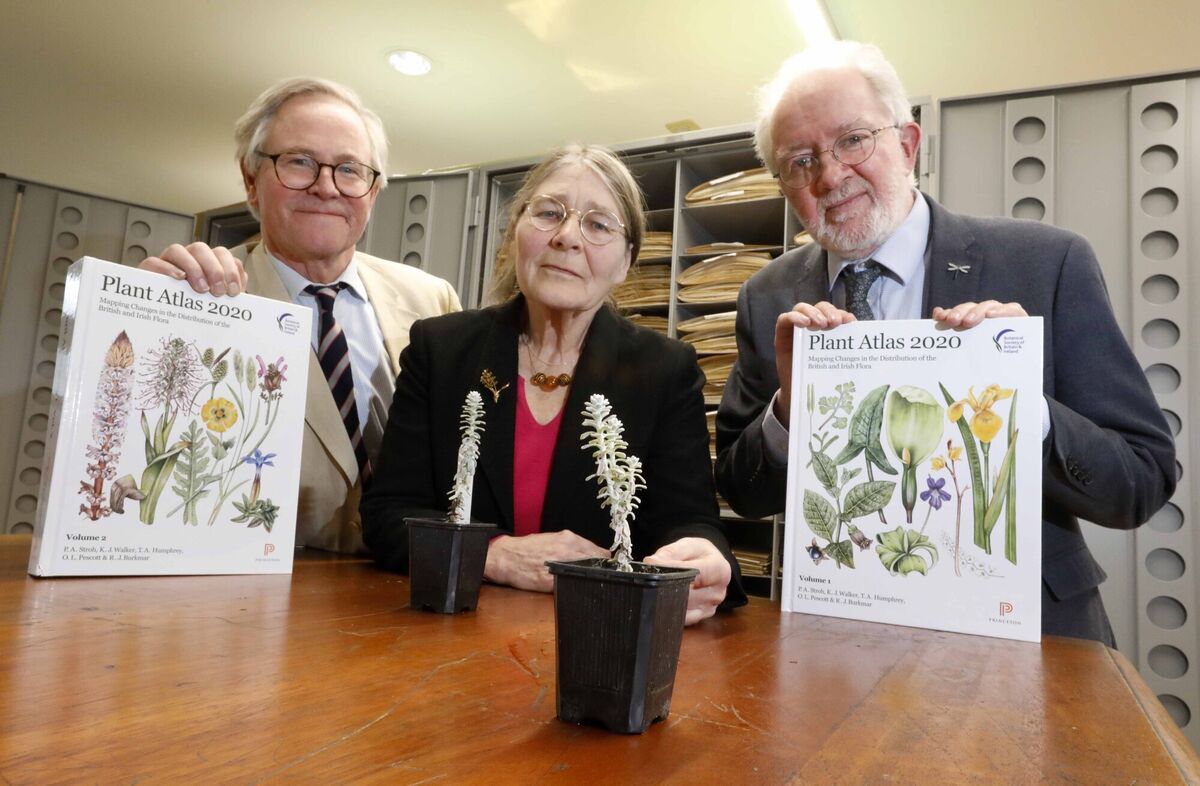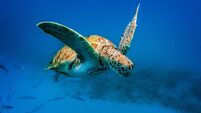Will you be able to spot early sand-grass or mouse-tail fern when you're out and about?

The habitat where Stenogrammitis myosuroides (Kerry Mousetail Fern) was first found. Picture Rory Hodd/ Botanical Society of Britain and Ireland
The recently-published showed that more than half of plant species are in decline. But it is not all bad news. Some rare plants are also turning up, including nine new species discovered in Ireland since 2000.
People out walking in the countryside during Easter will enjoy the fresh springing of plants and flowers and trees budding. Since ancient times, after all, the month of April has been known as the ‘fertile one’ when the earth opens up to new growth.

Primroses already decorate the ditches and fuchsia is in bloom in the hedgerows of the south-west. And climate change could bring us new flora from warmer lands.
It’s a season when we revisit the timeless reference work of accomplished field botanist, Robert Lloyd Praeger, who, in the 1930s, travelled 5,000 miles across hills and bogs in his study of natural Ireland.
He recorded a great deal and, were he still around, he would have carefully noted two plants whose discovery has aroused interest in scientific circles — as the above-mentioned Botanical Society of Britain and Ireland atlas, notes.
During the bank holiday, thousands of people will take in the fresh air in the 10,000-hectare Killarney National Park, but they’re unlikely to spot the little fern that was found on rocks in a remote corner of the park, in 2019.
The funny thing is this fern had never previously been recorded in Europe and is thought to have arrived by natural means from the Caribbean, most likely on the wind, before it landed on friendly ground suitable for it to grow, maybe centuries ago.
Now at #IrishBSBIConference the amazing @NimbosaEcology is talking about Ireland's disjunct flora. An example is the famous Kerry Flying Mousetail Fern which attracted international attention last year: https://t.co/LtIViAI7fY pic.twitter.com/vB50rujYeU
— BSBI Ireland (@BSBI_Ireland) March 27, 2021
Early sand-grass, a coastal plant, flowers in early spring. Very small and inconspicuous, it had almost certainly been overlooked until it was found on dunes at Barleycove, West Cork. Some experts believe rabbits probably helped spread the early sand-grass by disturbing the ground.
In an introduction to the 2014 edition of Praeger’s book, , long-time environmental writer, Michael Viney, said the Ireland of Praeger’s botanising was not a great deal more ‘natural’ than now: across three-quarters of the island, at least, vegetation had been changed by people and their livestock.
“But, the diversity of species still invited exploration; conservation was an idea of the future," he remarked.
Still can't get over how small early sand grass is! Daisy for comparison. Spent a wonderful day in the Mizen area on a plant workshop thanks to @BioDataCentre rare plant monitoring scheme! Great start to Biodiversity Week pic.twitter.com/bcEFNHom1N
— an bheainín uasal (@AnBheainin) May 13, 2022
Wistfully, Praeger saw West Cork as "a little known and tourist-free region of much charm", whilst Connemara was still an area of "wide, treeless, houseless undulations". And farmers actually welcomed the rambling stranger onto their land, so he roamed at will.







